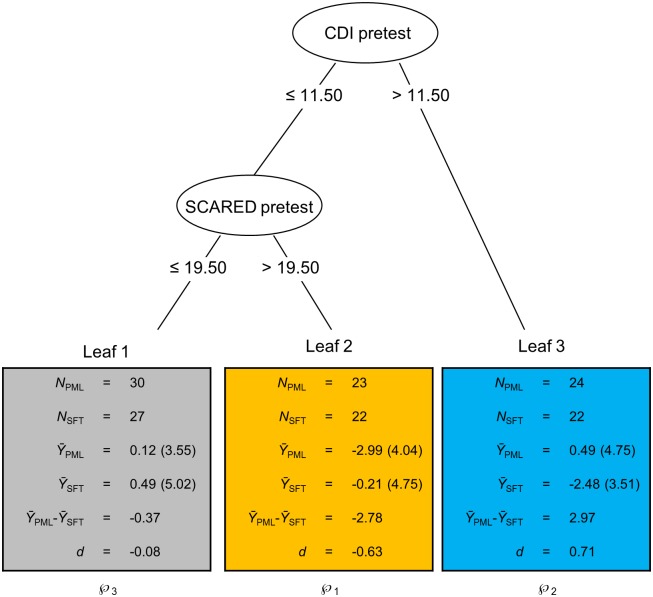Fig 4. Result of the application of QUINT on posttest-to-follow-up difference in parent-rated planning problems (BRIEF).
Smaller outcome values are preferred as these refer to more reduction of parent-rated planning problems. The ellipses in the figure represent the internal nodes containing the split variables (CDI, Child Depression Inventory; SCARED, Screen for Child Anxiety Related Emotional Disorders), with below each ellipsis the corresponding split point. The upper ellipsis represents the root node corresponding to the complete group of clients. The rectangles represent the leaves of the tree, that is, the final subgroups of adolescents; the quantities contained in the rectangles are analogous to those in Fig 2. Assignment of the leaves to the partition classes is represented by ℘1, ℘2 and ℘3.

